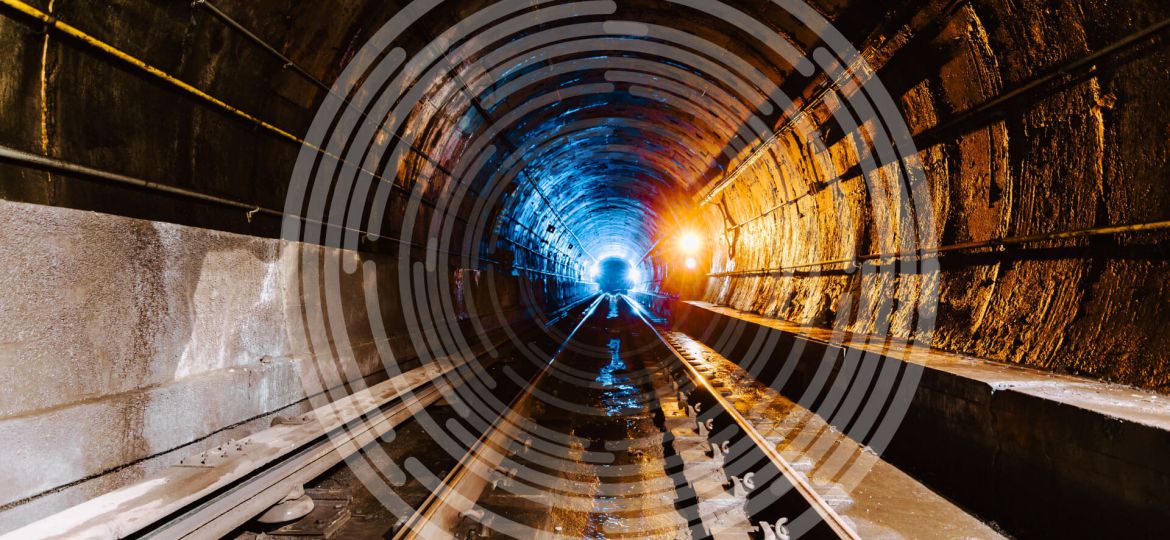
The number of fatalities in South African mines has been steadily decreasing in recent years and current figures suggest that fatalities in the mining industry are on course to reach a record low this year.
But while a lot still needs to be done to reach the industry’s pledged target of zero harm, a combination of improved policies and initiatives – as well as new technologies – continue to offer hope for achieving this objective.
The South African Minerals Council has instigated several initiatives to help push forward the goal of zero harm. Setting up the Minerals Council CEO Zero Harm Forum in 2012 has intensified scrutiny of some of the major causes of accidents, as well as the sharing of best practices and has supported fundamental research through the Mine Health and Safety Council.
Launching a National Day of Health and Safety, on which industry members host special events to emphasise health and safety across all disciplines, has also helped keep safety high on the agenda.
Last year, the Minerals Council launched its Fall-of-Ground Action Plan (FOGAP) aimed at eliminating fall-of-ground fatalities and including a financial investment of R46 million over five years.
The plan consists of six pillars and includes implementing industry-leading practice, enabling zero harm by improving production behaviour, culture and operational discipline, and investing in research and development to improve seismicity-related technologies.
Fall-of-Grounds, or rockfalls, are the leading cause of death in the industry, and, with the support of the Minerals Council, are now becoming a focus for safety innovators too.
This year, the Minerals Council’s CEO Zero Harm Forum – as part of the Fall of Ground Action Plan – launched the Rock Hazard Identification and Safe Removal Innovation Challenge alongside the Advanced Orebody Knowledge programme of the Mandela Mining Precinct.
The Challenge was launched at the beginning of 2022 and set out to identify novel solutions in rock hazard identification and safe rock removal for further development, testing and piloting with a focus on the reduction in Fall-of-Ground and improved worker safety.
The entries submitted in response to the call for proposals in the Rock Hazard Identification category demonstrated the wealth of innovative solutions that are currently being developed to improve safety in the industry. The solutions featured ground-penetrating radar technology, thermal and acoustic imaging, LiDAR-compatible drones and mmWave SAR imaging for real-time rock mass quality inspection, among others.
The winner was announced in December as South African engineering firm, Reutech Mining, with the CSIR Advanced Internet of Things Group, TCS Research and Flyability being named runners-up.
Johan le Roux, Mandela Mining Precinct Director, said innovation had been shown to directly enhance performance in the environmental, social and governance (ESG) space – the clearest evidence of this being improvements in health and safety and the significant progress made to date towards zero harm for the workforce.
The entrants to the Open Innovation Challenge are by no means the only active innovators in the mining safety field.
Radars by the Italian firm IDS Radar – which have been used to detect huge rockfalls in US mines – are now being used in “special projects” in South Africa. IDS is also trying to shrink a radar down for use underground. Their current model, called the HYDRA-U – is around 4 feet high when mounted to a tripod and is designed for quick and easy transport and deployment in critical areas.
Recently, South African-based Anglo-American Platinum partnered with Australian technology company Geobotica to devise a hand-held underground radar that weighs around only 7 ounces. The device generates a signal that travels through the air and bounces off the rock surface. The radar then picks up some of those reflected signals, which can signal an impending collapse.
The increasing range of new technologies to improve mining safety offers real hope of achieving zero harm and, if the mining industry invests in equipping mines with such innovations, the old problem of fall-of-ground fatalities could soon become a thing of the past.
